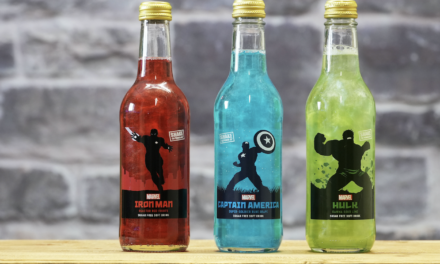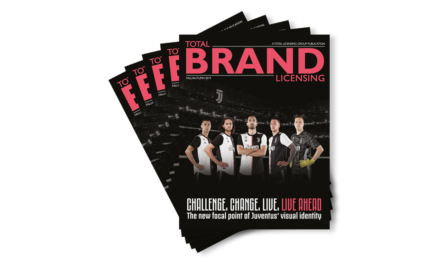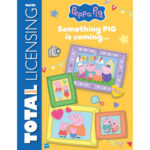
Key trends pointing towards the future of licensing

By: Alan Kravetz, COO & President, LMCA
You don’t need a crystal ball to see the future of licensing. You just need to look at the evolving consumer trends, recognize the shifting competitive landscape and understand where brands fit in the overall mix. Let’s face it, there are plenty of ways brand licensing can help grow a business and extend its reach. We know that strategic brand licensing is an effective tool to boost exposure and awareness for a brand, create new revenue streams and drive business back to the company’s core product line. It’s part of the reason why licensing is a $263 billion industry and continues to develop at an accelerated rate. But as we look toward the future of licensing, shifts in consumer and retail trends are introducing new ways licensing can benefit brand owners and licensees in the coming years.
The White Space – Right in Front of You
Brand owners are beginning to see that some of the white space they’re looking for may be in some of the businesses they’re already in. Licensing typically provides brands with a unique opportunity to enter a market they are not currently in without the traditional overhead costs. On the flip side of that, and what companies are leveraging more and more, is licensing as a tool for a brand to divest in businesses, offloading the expense and risk of manufacturing without giving up the financial return of a business. Companies looking to curtail spending or find creative ways to flourish under budgetary, management or corporate restraints are seeing licensing as a smart solution to their challenges. It allows companies to maintain control of a specific segment of their business while divesting themselves of the operating responsibility for it. Costs of operations go down and the brand continues to grow. Additionally, with cost of goods sold removed from the financial statements, gross margin percentage goes up, while most if not all of the income from the licensing initiative goes straight to the bottom line.
Overcoming that Global Hurdle
The world may be shrinking, but that doesn’t mean it’s getting any easier to break into some of the most promising global markets. Geo-political issues, tariff uncertainty and, of course, cultural divides continue to be some of the most difficult obstacles for brands looking to break into key developing markets. Licensing can act as a bridge for many of these global obstacles. Whether a brand wants to fully entrench its business in a new geography or simply wishes to dip its toes into a foreign market, licensing provides invaluable resources to find support and success in a new region. Gaining a foreign partner that is an industry leader can offer huge benefits to your brand. Whether it’s knowledge of the current regulatory climate, understanding legal and product requirements or having already established relationships with local retailers, licensing can offer distinct competitive advantages for companies breaking into a new region.
Expediting the Discovery Process
Every company needs to get a lead on the future. As new technologies are invented, markets mature and consumer behaviors evolve, brands must aggressively seek to differentiate themselves from competition by developing a long-term innovation strategy. That said, new innovation efforts take time, are costly, sometimes unavailing and are often met with internal hesitation or pushback. This is another way licensing can prove to be a valuable resource for companies. By licensing a new product instead of dedicating funds and personnel to design, manufacture, test and market a new product, brands can mitigate many of the financial risks as a first step in evaluating the viability of a larger innovation initiative. As a licensor, your licensee partners grow your brand and your business at their expense. Meanwhile you receive significant royalty payments as you learn the business category, develop a strategy to further advance your innovation objectives and get to know the licensee’s people. If you like the business and people, it can be a bolt on acquisition. Look to pharma for successful examples of outsourcing R&D on this model.
As key retail and consumer trends shift the business landscape, and we look to the role licensing will play in the future, one thing is clear— brand licensing will continue to be a smart tool for brands to implement as part of their overall business strategy. Whether it’s a way to offload manufacturing expenses, test out new innovation opportunities or dive into untapped markets, licensing is a cost-effective method for brands to reduce costs, diversify revenue streams and keep ahead of the competition.
Alan Kravetz
Alan is the President & COO of LMCA and has over 20 years’ experience successfully growing brands and monetizing intellectual property in the US, Europe and Asia. Alan has led licensing programs domestically and internationally including those for AT&T, Snuggle, Westinghouse, Kevlar, Rockport, Tempur-Pedic and Frye Boots. Alan specializes in licensing, franchising, business development, sales, marketing and law. He holds an MBA and BA from Boston University and a Law Degree from Suffolk University School of Law.
















